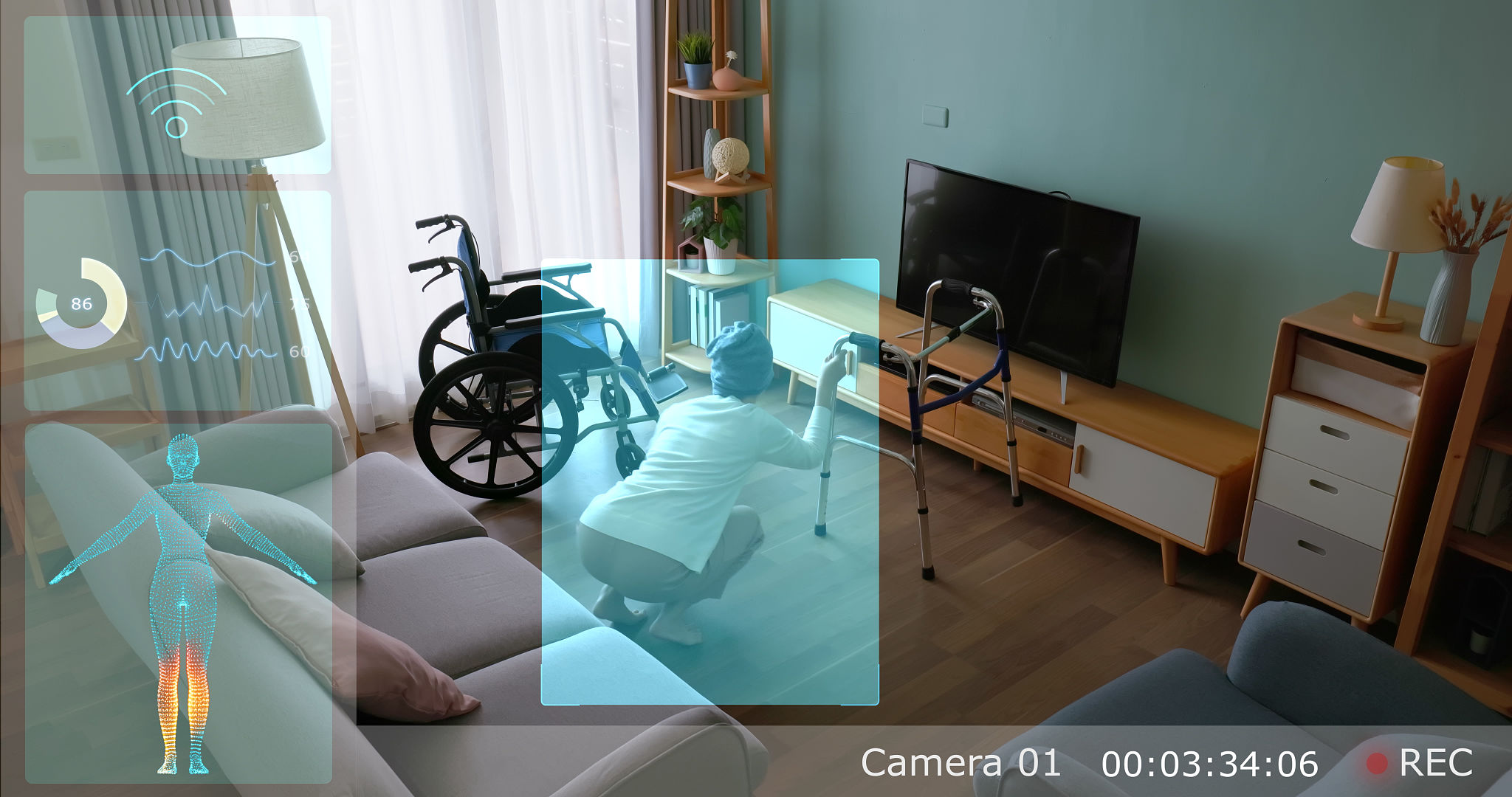How Orthopaedic Product Experience Surveys Improve Patient Care
The Importance of Patient Feedback in Orthopaedic Care
In the realm of orthopaedic care, understanding patient experiences is crucial for enhancing service delivery and outcomes. By collecting and analyzing patient feedback through surveys, healthcare providers can gain valuable insights into the efficacy of orthopaedic products and treatments. These surveys are more than just a tool for measuring satisfaction; they serve as a guide for continuous improvement in patient care.
Orthopaedic product experience surveys allow patients to express their views on everything from the comfort and functionality of medical devices to the clarity of instructions provided by healthcare professionals. This information is vital for identifying areas that require enhancement and for making informed decisions about future product developments.

How Surveys Enhance Product Development
Patient feedback collected through surveys plays a significant role in the evolution of orthopaedic products. Manufacturers rely on this data to understand how their products perform in real-world settings, beyond the controlled environment of clinical trials. Feedback on various aspects, such as ease of use, durability, and effectiveness, informs product modifications and innovations.
Moreover, integrating patient insights into the design process helps ensure that orthopaedic products meet the actual needs of users. This patient-centered approach not only enhances product quality but also increases patient satisfaction and adherence to prescribed treatments.
Creating a Patient-Centric Experience
Surveys offer a platform for patients to voice their concerns and suggestions, fostering a sense of involvement in their care journey. When patients feel heard, they are more likely to engage positively with their treatment plans and trust their healthcare providers. This engagement is crucial for achieving successful health outcomes.

By systematically gathering feedback through structured surveys, healthcare providers can tailor their services to better align with patient expectations and preferences. This commitment to patient-centric care not only improves individual experiences but also enhances the overall quality of care offered by orthopaedic departments.
The Role of Technology in Survey Implementation
Advancements in technology have revolutionized how orthopaedic product experience surveys are conducted. Digital platforms enable seamless data collection and analysis, allowing for real-time feedback and quicker response times. These tools facilitate a more comprehensive understanding of patient needs and preferences.
Additionally, the use of digital surveys can improve accessibility for patients, making it easier for them to participate. This increased participation leads to more robust data, which is essential for driving meaningful improvements in patient care.

Challenges and Opportunities
While orthopaedic product experience surveys offer numerous benefits, there are challenges to consider. Ensuring patient privacy and data security is paramount, as is maintaining a high response rate to gather representative data. Overcoming these challenges requires a strategic approach that prioritizes patient trust and engagement.
Despite these challenges, the opportunities for enhancing patient care through surveys are immense. By leveraging patient feedback effectively, healthcare providers can not only improve orthopaedic product offerings but also set new standards for patient-centered care.
Conclusion: A Path to Better Patient Outcomes
In conclusion, orthopaedic product experience surveys are a vital component of modern healthcare practices. They provide the insights needed to refine products, enhance patient experiences, and ultimately improve health outcomes. By prioritizing patient feedback and adapting to their needs, healthcare providers can ensure that they deliver the highest quality of care possible.
